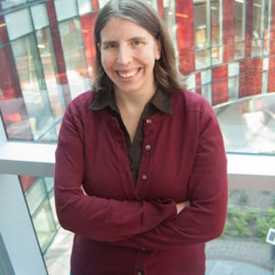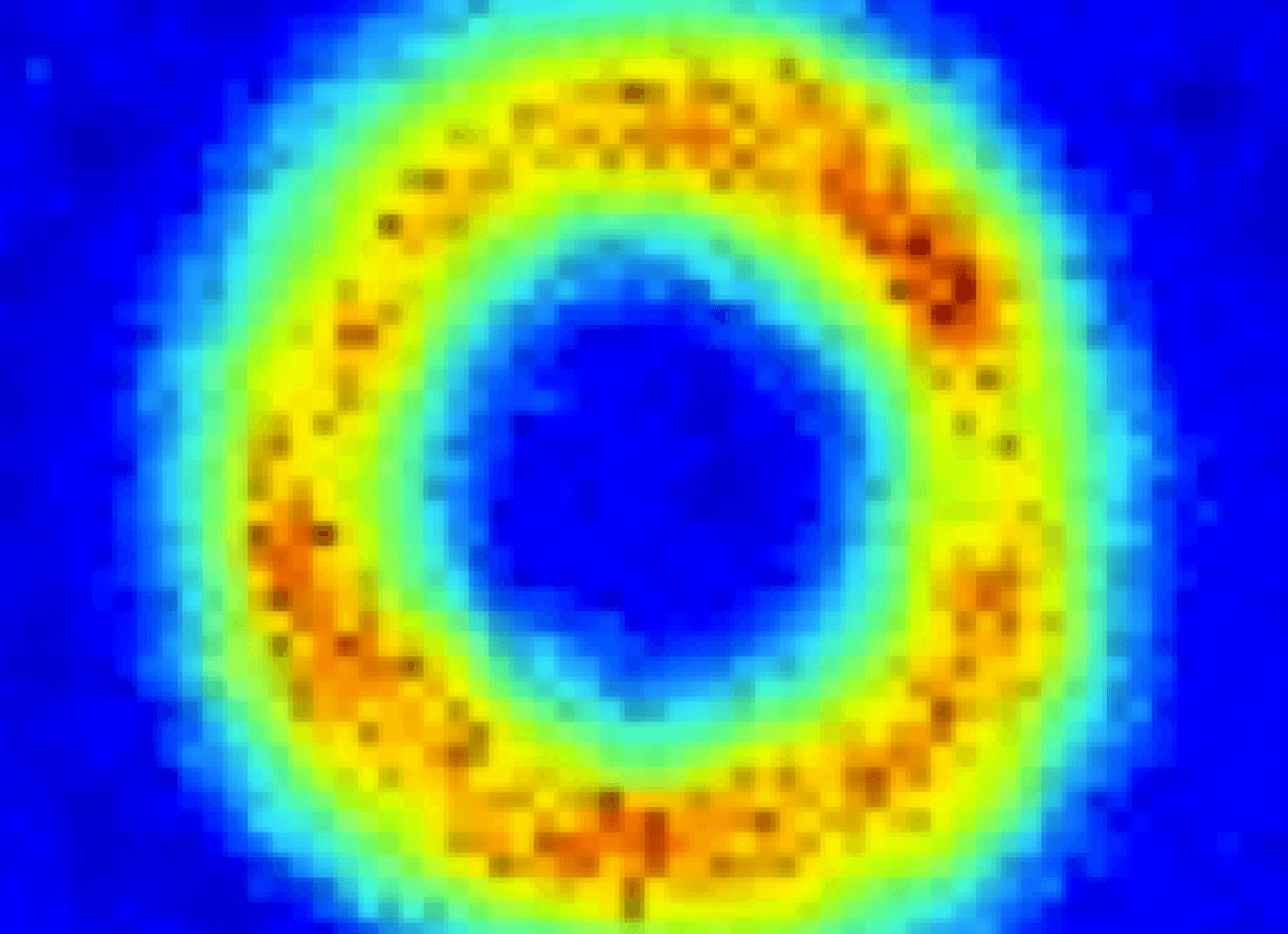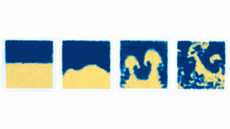In recent years ultracold atomic gases have proven to be a powerful and versatile tool for studying a wide variety of physics.
Our group currently has two experiments, the Sodium atom circuits experiment and the ultracold Strontium experiment. Both experiments are located at the Joint Quantum Institute located on the UMD campus and use ultracold atomic gases to study many-body physics. The atom circuits experiment is currently focused on studying superfluidity and analogs of both superconducting electronics and cosmological physics, whereas the strontium experiment is focused on engineering and studying novel condensed matter systems.






